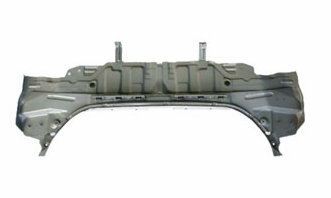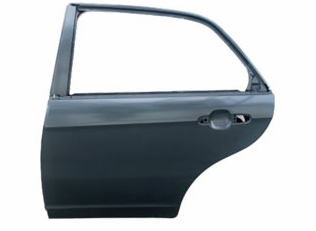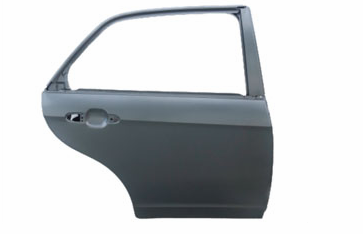Precision stamping die can be classified into three categories as follows: engineering die, also known as "single process die", refers to the die that can only complete one stamping process in one stroke of stamping. After the completion of this project, it is necessary to take the product out of the mould manually or with a manipulator, and then put it into the mould of the next station to continue production, until the latter process of the mould is completed, the whole product is not completed. Mould maintenance is simple, but the production is time-consuming and laborious, which requires more labor and time costs, and the rejection rate of products is high.

Compound die: The common structure of compound die includes compound blanking, compound drawing and so on. This kind of die structure is slightly different from other engineering die structures. The punch (also known as the public die or punch) is designed in the lower die. The other templates are in turn the lower splint (fixed punch), the lower stop baffle and the lower stripping plate (external stripping). The upper die is composed of the mother die (or knife edge), the inner stripping plate and the upper cushion plate in turn. The inner stripping is hung on the upper cushion plate by the equal height sleeve, and then is supported by a punch rod or spring.

Continuous die: also known as "progressive die", refers to the die which completes two or more stamping processes at the same time at different workstations during a stamping stroke. This kind of die is difficult to maintain and needs experienced fitter to operate, but it has high production efficiency and can save labor and time costs. Precision 5 The scrap rate of metal stamping parts is low.

In order to prolong the service life of automobile stamping parts and avoid corrosion and rust, the corresponding anti-corrosion treatment is usually done well. The common anti-corrosion treatment methods are as follows:
Preheating the workpiece before spraying can improve the adhesion of asphalt paint and accelerate drying.
The corrosion resistance of workpiece lining can be improved by adding special coating to cement mortar lining.
Epoxy coal tar pitch coating is a two-component coating, which has high adhesion and very smooth surface. Epoxy ceramic lining is an excellent anticorrosive coating for stamping parts because of its high cost and difficult manufacturing process, which has certain limitations in use and high adhesion and finish.
Aluminate cement coating or sulphate cement coating, these two special cement coatings are suitable for internal corrosion protection of high precision stamping parts, and improve the resistance to corrosion. Polyurethane coating is a new kind of green special coating developed to meet the needs of environmental protection. It has good wear resistance and corrosion resistance.
Copyright By © Jiangsu Halreal Vehicle Industry Co., Ltd. 技术支持:翊成网络